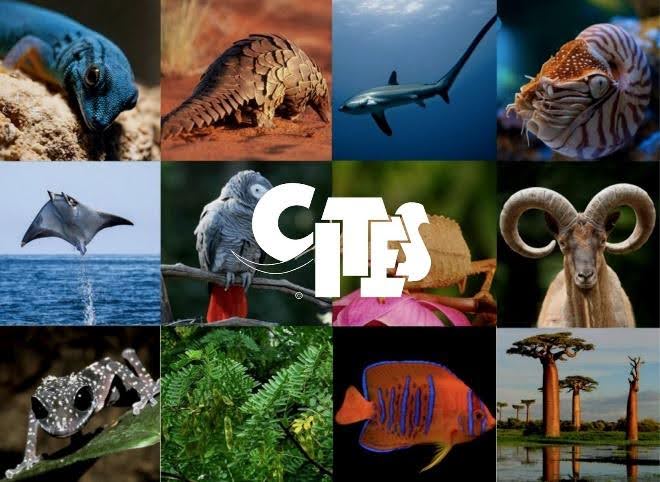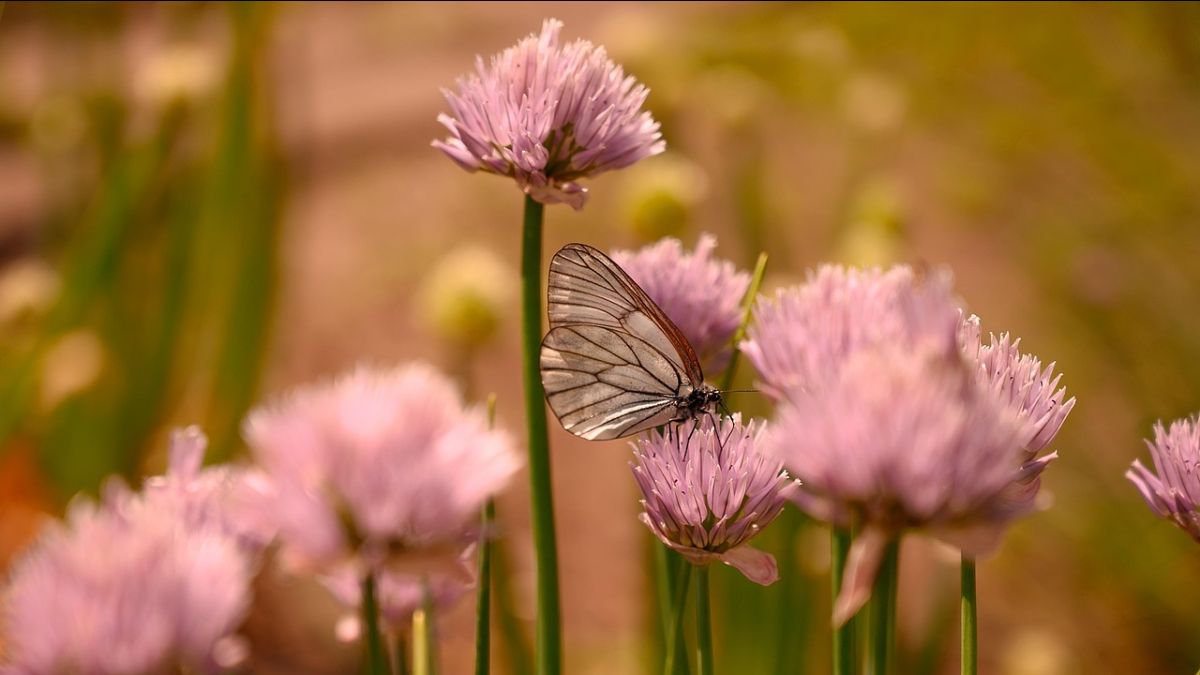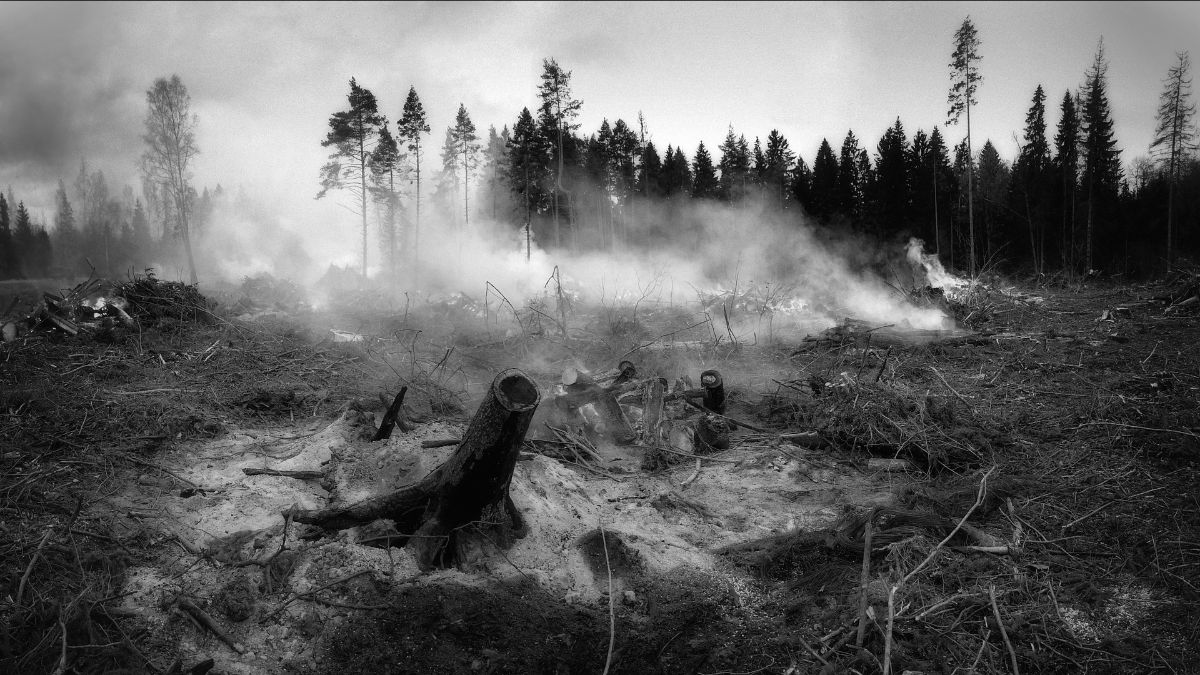Giving Tuesday, December 2nd!

This Giving Tuesday, help protect the data, science, and partnerships that safeguard our planet’s future.
Our open-access platform, Data Basin, remains free for everyone—but keeping it that way depends on your support. Hosting, data curation, and essential updates all require operational funding from people like you. This year, with the help of our dedicated volunteers, CBI rescued thousands of critical spatial datasets from federal libraries before they were lost to the public. These data are now safe—but they need to be processed to make them accessible to scientists, land managers, and communities everywhere.
At the same time, as wildfires grow more frequent and severe, access to reliable data has never been more vital. Through the Global Wildfire Collective’s Spatial Data Gateway, CBI provides free, open access to critical wildfire information that helps communities prepare for and respond to fire risk. Your support makes this possible—and helps us go beyond the data to host workshops, connect with local leaders, and put science into action where it’s needed most.
This year, your gift is more than a donation—it’s an investment in open science, resilient communities, and a safer planet for all.
U.S. Surrendering Leadership in Protecting Internationally Traded Wildlife

CITES is an international treaty, signed by 185 nations in 1973, that ensures global trade in wild animals and plants does not threaten their survival. Today, 40,900 species are listed under CITES protections—6,610 animal species and 34,310 plant species—across three levels ranging from total trade bans to tightly regulated trade.
For the past five decades, the United States has been a global leader in CITES, reflecting its position as the world’s second-largest wildlife importer after China. However, that leadership role appears to be shifting.
At the upcoming 20th Conference of the Parties (COP20), to be held in Samarkand, Uzbekistan in late November, delegates will consider 51 proposals to regulate wildlife trade. Historically, the U.S. has submitted about a dozen proposals per meeting, but this year it will submit only five—none of which seek to increase protections. Instead, two proposals call for downlisting species (the Guadalupe fur seal and peregrine falcon), one seeks the deletion of the already-extinct Caribbean monk seal (last seen in the 1960s), and another would amend trade rules for American ginseng by exempting farmed plants, potentially increasing risks of laundering wild-collected specimens.
Other species considered for action by the U.S., such as the painted woolly bat from Southeast Asia—popular in U.S. décor and trinket markets—were ultimately excluded, meaning protections for these species will be delayed for at least another two to three years.
Not submitting a proposal does not mean the U.S. will oppose stronger protections for traded species, but its current lack of leadership is raising concern within the conservation community. Countries that put forward proposals are granted more speaking time at international meetings, giving them greater influence in swaying others. With so few submissions, the U.S. will have a much weaker presence.
A Place For Pollinators

A recent Flora Magazine article from the California Native Plant Society spotlights the development of the Pollinator Companion, a data-driven tool within Calscape that models plant–pollinator interactions to inform restoration and habitat planning. The platform builds on foundational work by CBI’s very own Dr. Chris Cosma, whose doctoral research at UC Riverside produced the original predictive framework, Butterfly Net. Now, as co-lead of the Morpho Initiative, Dr. Cosma continues to advance methods that integrate large biodiversity datasets to enhance the accuracy and accessibility of pollinator-plant relationship modeling across California’s diverse ecosystems.
Modeling Fire: Comparing Frameworks, Scales, and Solutions

As wildfires grow in scale and complexity, the models we use to understand them must evolve just as quickly. From forecasting fire spread in vulnerable communities to projecting century-long forest shifts, fire science depends on computational tools designed for different questions, scales, and users.
On December 2, join four leading researchers as they reveal how their modeling frameworks tackle these challenges—what each can achieve, where their limits lie, and why those boundaries matter. Through comparative case studies, this workshop will explore a central truth: there’s no single “best” model, only tools suited—or unsuited—to the problems we aim to solve.
- Dr. Michael Gollner, UC Berkeley – Simulating fire spread in the wildland–urban interface
- Dr. Robert Scheller, NC State University – Integrating social dynamics and climate change in LANDIS-II
- Dr. Melissa Lucash, University of Oregon – Modeling climate-driven shifts in boreal forest structure
- Dr. Alexandra D Syphard, Conservation Biology Institute & Global Wildfire Collective – Applying machine learning to map fire occurrence